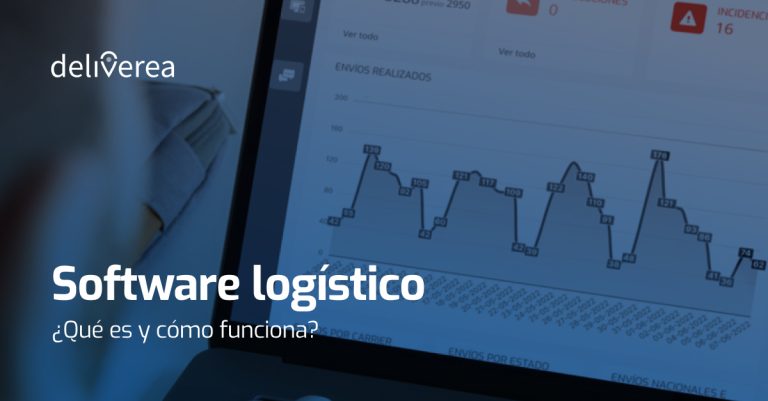Sustainable logistics aims to transform all operational processes to achieve a less polluting sector, fantasizing about it, is also a useful exercise to achieve it
In 1932, Huxley published Aldous Brave New World , a novel that proposed a dystopian future where humanity had been able to achieve a happy society through more or less questionable methods. Philosophical debates aside, to achieve true sustainable logistics, it may be convenient to start by imagining it, taking the license to fantasize.
Year 2030, the order
Despite the fact that the orders are fully automated, and the management units are in charge of anticipating our needs based on a precise system of algorithms and Big Data, sometimes we feel like something that is not predictable. And there, we have to place the order ourselves.
The management units offer this function and only asking for the product we need by voice command, let’s say for example a rare species of plant of subtropical origin, they are in charge of looking for the best purchase option based on the parameters that interest you. As my need to see a little more green in my living room is pressing, I choose the one with the fastest delivery , even though it is not the cheapest option. I understand that immediacy and sustainability have a price, and I don’t mind paying it. It took me less than a minute to buy it, just by talking to my management unit, with three sentences, and without having to get up from the sofa.
The expedition
Seconds later, some 700km to the south, a nursery receives a buy alert. The order is incorporated into a digital list that grows by seconds. This is interpreted directly by an autonomous vehicle that does not stop moving around the nursery collecting the plants that have been ordered. Then, laser incorporates a code on the pot that identifies the order number.
The vehicle transports the plants to the packaging unit, which interprets the code of the pot and performs the type of wrapping based on the distance . As the plant that I have ordered has to be transported over a relatively long distance, the unit chooses a box of organic material, which in this specific case has the property of nourishing the plant while it travels, in addition to maintaining, due to the type of insulation , suitable conditions. A code with shipping information is “tattooed” with a laser on the package.
My future plant, along with the rest of the day’s orders, is placed in the zero-emissions warehouse from where they will leave on their way to their destinations. An operator, using augmented reality glasses , organizes the orders by urgency, distance, fragility, through his glasses he can see the most optimized layout. When the transport truck arrives a few hours later, everything is ready. While the robots introduce the cargo, the truck fills its tanks with hydrogen.
Transport
The truck begins its journey at night, a navigation system capable of predicting traffic density, designs an itinerary also taking into account weather conditions . During the journey, the navigator will change the route depending on the possible setbacks that may arise. Thanks to this system, the duration of the trip can be reduced considerably, creating a route that continuously analyzes its efficiency in real time.
As planned, the truck arrives on time at a logistics center on the outskirts. There, the orders are organized in batches based on the district of the city to which they go . These batches are transported by vehicles powered by renewable energies to urban warehouses, or urban hubs , where an automated system confirms their arrival and distributes the orders by route.
The cast
In less than 24 hours, my order is in delivery. The logistics operator has been notifying me throughout the entire process and in real time about the status of my order and its location. I confirm that I will be at home and that I can pick up the order from the autonomous car that will stop at the nearest unloading area . And in a while, so I do. Using a code, I access the package and voila! The plant has arrived in perfect condition, in the agreed time. The packaging can be dissolved with water and serves as fertilizer for the plant.
The experience has been good and with a low environmental impact. The combination of technologies, new energy sources and the optimization and efficiency of the supply chain have managed to reduce the emission of polluting gases in the transport sector, a fact that is appreciated by customers, and that complies with regulations on ecological sustainability.
If we begin to be aware of the importance of building a less polluting sector, we may not have to wait until 2030 to be able to talk about truly sustainable logistics.
If you are interested in learning more about how to carry out sustainable logistics, at Deliverea we can help you, contact us through this form.




